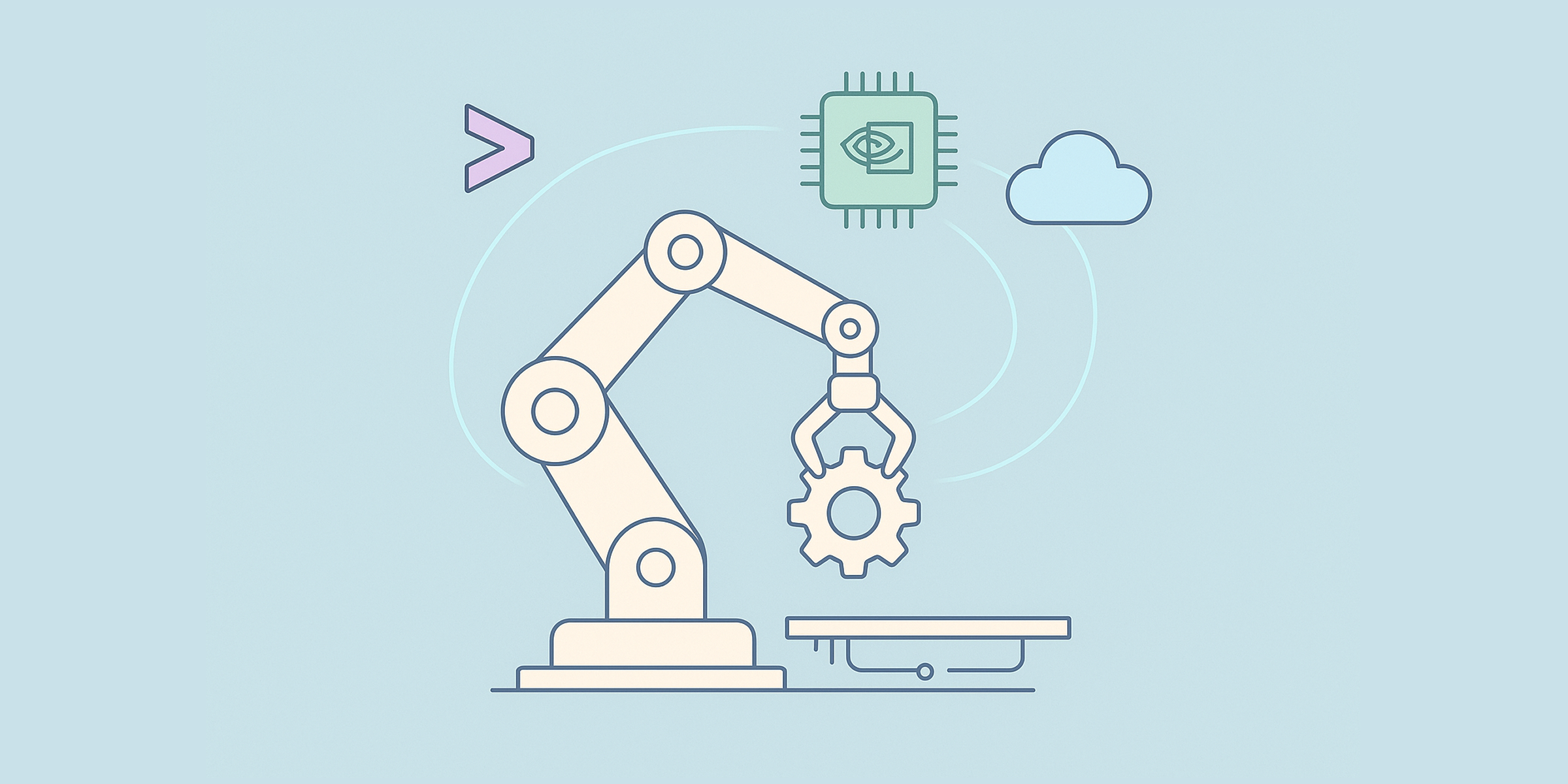The way we acquire new abilities and learn new things is changing in the modern world. Learning is becoming more engaging thanks to new technologies like spatial computing, which replaces traditional online courses and classroom settings. To produce enjoyable, interactive experiences, this makes use of technologies like augmented reality (AR), virtual reality (VR), and mixed reality (MR). Compared to conventional approaches, these technologies make learning new abilities more engaging and understandable for users.
Understanding Spatial Computing
Spatial computing refers to the technology that enables the interaction of digital content with the physical world. By merging real and virtual environments, spatial computing allows users to visualize and manipulate data in three-dimensional spaces. This technology has far-reaching applications, particularly in employee training and skill development.
For instance, AR can overlay digital information onto real-world objects, helping employees to visualize complex processes or products. VR can transport users to entirely different environments, where they can practice skills in a safe and controlled setting. MR combines both worlds, allowing for interaction with digital objects while remaining aware of the real-world environment. Together, these technologies provide unique opportunities for experiential learning.
Enhanced Learning Experiences
One of the most significant advantages of spatial computing in employee training is its ability to create immersive learning experiences. Unlike traditional training methods, which often rely on passive learning, spatial computing encourages active participation. Employees can engage with content directly, allowing them to learn by doing rather than merely observing.
For example, in industries such as healthcare, employees can use VR simulations to practice surgical procedures. This hands-on experience is invaluable, as it allows them to make mistakes and learn from them without the risk of real-world consequences. Similarly, in manufacturing, AR can guide employees through complex assembly processes, providing real-time feedback and reducing errors.
Personalization of Learning
Spatial computing also offers the advantage of personalized learning experiences. Traditional training often adopts a one-size-fits-all approach, which may not cater to the diverse needs of individual employees. However, with spatial computing, training can be tailored to the specific skill levels and learning styles of each employee.
For instance, AR applications can adapt the difficulty of tasks based on an employee’s progress. If someone is struggling with a particular skill, the system can provide additional guidance or simplify tasks until they gain confidence. This personalized approach not only improves retention but also keeps employees motivated, as they can see their progress in real-time.
Collaboration and Social Learning
Another key benefit of spatial computing is its ability to foster collaboration among employees. Many spatial computing platforms allow multiple users to interact within the same virtual environment, regardless of their physical locations. This capability is particularly beneficial for companies with remote teams or those spread across different geographical locations.
For example, employees can collaborate on projects in a shared virtual space, brainstorming ideas and problem-solving together. This collaborative learning experience enhances communication skills and encourages teamwork, which are essential attributes in today’s workplace. Additionally, spatial computing can facilitate mentorship opportunities, where experienced employees can guide newcomers in a more interactive and engaging manner.
Cost-Effectiveness and Scalability
Implementing traditional training programs can be costly and time-consuming. However, spatial computing can offer a more cost-effective solution. Once developed, immersive training programs can be easily scaled to accommodate a large number of employees without the need for additional resources or time-consuming logistics.
For example, companies can create a VR training module for onboarding new employees that can be used repeatedly with minimal updates. This not only saves money but also ensures that all employees receive the same high-quality training experience, regardless of when they join the organization.
Real-World Applications
Many companies are already leveraging spatial computing to enhance employee skill development. For instance, Boeing has implemented VR training for its assembly line workers, allowing them to practice complex assembly processes in a risk-free environment. This innovative approach has resulted in improved productivity and reduced error rates.
Similarly, Walmart uses VR training to prepare its employees for various scenarios, from handling customer service issues to emergency response situations. This immersive training approach not only enhances employee preparedness but also boosts confidence, leading to better performance on the job.
In the healthcare sector, companies like Osso VR are using VR to train surgeons in complex procedures. Surgeons can practice various techniques in a realistic virtual environment, honing their skills before entering the operating room. This not only improves surgical outcomes but also enhances patient safety.
The Future of Employee Training
As technology continues to evolve, the potential for spatial computing in employee skill development is immense. The integration of AI and machine learning with spatial computing can further enhance training experiences by analyzing employee performance data and providing targeted feedback.
Moreover, as more organizations adopt hybrid work models, the need for flexible and effective training solutions will only grow. Spatial computing offers a way to bridge the gap between remote and in-person training, ensuring that all employees have access to high-quality skill development opportunities.
Conclusion
Spatial computing represents a paradigm shift in how organizations approach employee training and skill development. By creating immersive, personalized, and collaborative learning experiences, companies can enhance employee engagement, improve retention rates, and ultimately drive better performance.
As more businesses recognize the value of spatial computing, we can expect to see a broader adoption of these technologies in training programs across various industries. The future of employee skill development is not just about learning; it’s about experiencing and engaging with knowledge in ways that were once unimaginable. Embracing spatial computing is not merely an option; it is a necessity for organizations striving to thrive in an increasingly competitive landscape.














